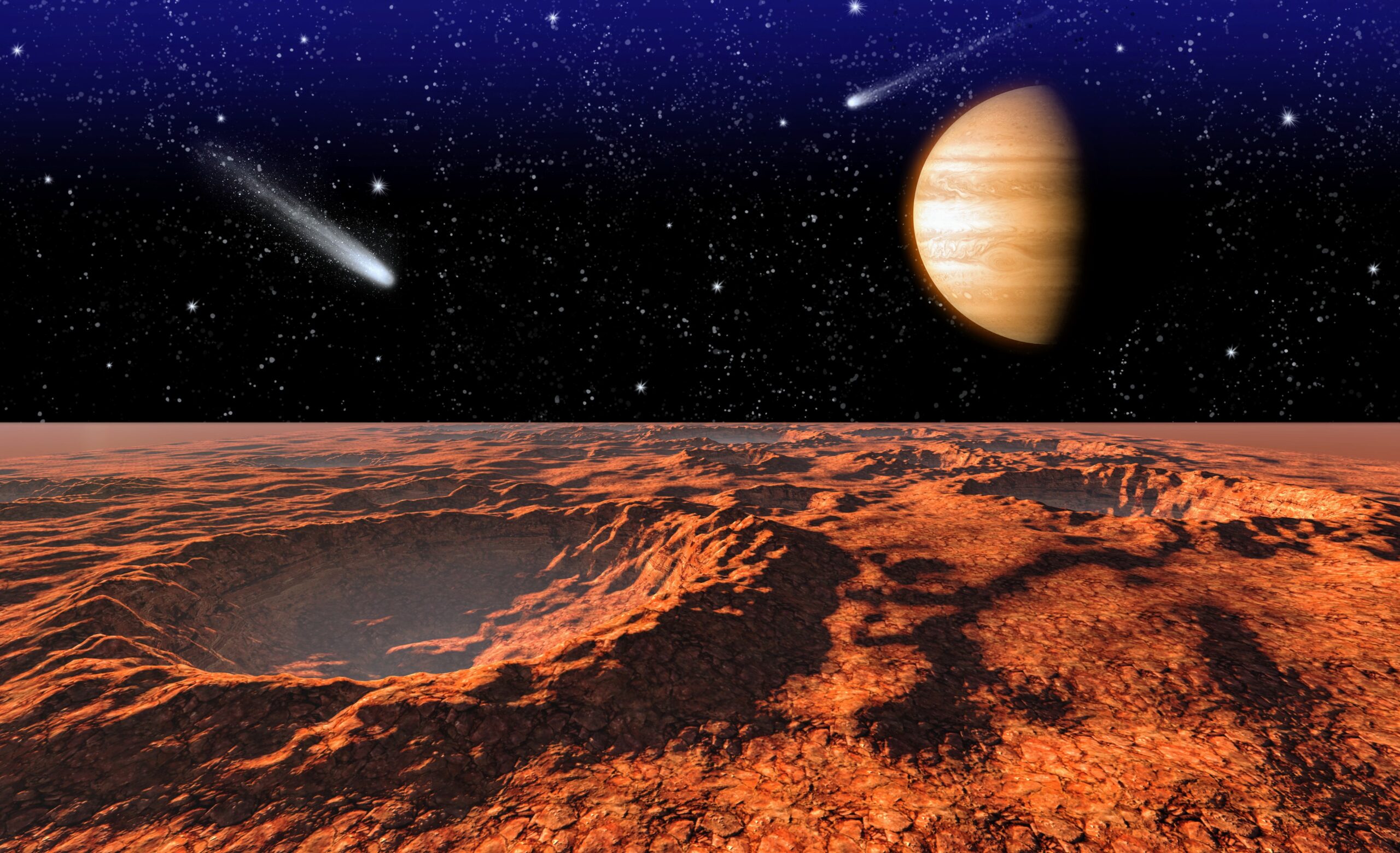Since NASA’s successful landing on Mars three years ago, the ongoing explorations, accompanied by the helicopter Ingenuity, have become a regular highlight in our news updates. These missions have produced a plethora of stunning images of the Martian landscape and have gathered 23 rock core samples covering 17 miles of an ancient river delta, transforming the extraordinary into the mundane.
Professor Andy Czaja, a prominent member of the NASA science team, often marvels at the magnitude of their endeavors. Reflecting on the project’s grandeur, Czaja expresses his amazement, stating, “It’s incredible. I’m traversing a foreign planet.”
Perseverance Surpasses Expectations
In his capacity as a paleobiologist and astrobiologist, Czaja, alongside his graduate students Andrea Corpolongo, Brianna Orrill, and Sam Hall, leverages the rover’s specialized geoscience and imaging tools to seek out remnants of ancient life on Mars.
After three years, Perseverance has exceeded expectations, equipped with advanced instruments for in-depth geological analyses and high-resolution imaging. Czaja commends the rover’s accomplishments, which include groundbreaking feats like the first powered flight on another celestial body and the recording of Martian sounds.
Exploration of Potentially Habitable Regions
Czaja played a pivotal role in the selection of the landing site within Jezero Crater and continues to contribute to guiding the rover’s daily activities based on its findings.
Noteworthy discoveries include the identification of primary igneous rocks crucial for dating Mars’ geological history and signs of past hydrothermal systems, environments that could have supported life. Furthermore, traces of hydrated magnesium sulfate have been identified.
Unveiling Clues to Ancient Microbial Life
The mission’s objective to ascertain the presence of extraterrestrial life hinges on the analysis of the collected samples, which may harbor microorganisms too minuscule for the rover to detect. There is optimism that the proposed Mars Sample Return mission will retrieve these samples for more comprehensive examination using advanced technologies.
Perseverance’s traverse from the crater floor to its rim has unveiled sedimentary rocks rich in preserved minerals and magnesium carbonate deposits, providing potential insights into ancient life. According to Czaja, the decision to explore Jezero Crater has proven immensely fruitful.
Continuation of the Expedition
While Ingenuity’s flights may have ceased due to rotor damage, Perseverance’s mission persists, with numerous geological specimens yet to be gathered. The rover’s upcoming phase involves departing Jezero Crater to explore older geological formations, potentially shedding more light on Mars’ ancient environments and the likelihood of ancient life.
Czaja concludes, “I trust that Perseverance has only sparked our curiosity for further Mars exploration. By bringing back samples, we can scrutinize Mars and seek evidence of ancient life with instruments that are still in development for years to come.”
The Quest for Life on Mars
The pursuit of discovering life on Mars has been a captivating voyage spanning decades, encompassing a blend of robotic missions, astronomical observations, and theoretical studies. This endeavor is fueled by the fundamental question of extraterrestrial life’s existence beyond Earth, with Mars, given its historical evidence of water, serving as a primary focal point.
Early Exploratory Efforts
The exploration commenced in the 1960s and 1970s through NASA’s Mariner and Viking missions, which provided close-up views of Mars’ terrain, unveiling valleys and desiccated riverbeds indicative of its wetter past. However, the Viking landers’ experiments to detect life yielded inconclusive results.
Advancements in Exploration
Subsequent missions, such as Mars Pathfinder, Mars Exploration Rovers (Spirit and Opportunity), Mars Science Laboratory (Curiosity), and Mars 2020 (Perseverance rover), have significantly enriched our comprehension of Mars. These missions have unearthed evidence of ancient water flows, organic compounds, and potentially habitable environments for microbial life.
Probe into Subterranean Water
The quest has expanded to encompass subterranean water exploration, with missions like the European Space Agency’s Mars Express and ExoMars providing vital data. Discoveries of subterranean water ice and signs of liquid water beneath Mars’ surface have sparked speculation about potential life on the planet.
Hunt for Signs of Life
Scientists are scrutinizing the Martian atmosphere and soil for biosignatures, markers of life, and studying extremophiles on Earth to grasp how Martian life, if present, could survive in harsh conditions.
Understanding Life-Supporting Environments
The pursuit of life on Mars transcends mere discovery to understanding the conditions conducive to life, Mars’ aquatic history, and its suitability for human exploration. It poses the timeless question: Are we the sole inhabitants of the universe? Each mission propels us closer to an answer, making the quest for life on Mars an enthralling chapter in solar system exploration.
